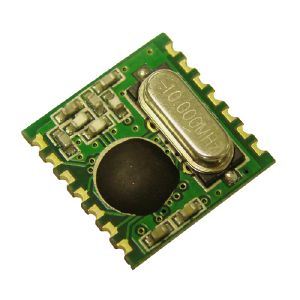Project:Alpha transceivers: Difference between revisions
No edit summary |
No edit summary |
||
| Line 11: | Line 11: | ||
This device appears to be the same or very similar: [http://www.skpang.co.uk/catalog/product_info.php?products_id=660], the links on that page includes a programming guide and a code library. | This device appears to be the same or very similar: [http://www.skpang.co.uk/catalog/product_info.php?products_id=660], the links on that page includes a programming guide and a code library. | ||
: Yup, that has a smaller oscillator, but the picture in the | : Yup, the one on that page has a smaller oscillator, but the picture in the datasheet shows an identical device. We should test this [http://www.das-labor.org/wiki/RFM12_library/en library]. --[[User:Ms7821|Ms7821]] 09:04, 16 June 2010 (UTC) | ||
Revision as of 09:17, 16 June 2010
Introduction
The Alpha family of radio modules are available from Maplin, codes A58JN-A63JN.
The transmitters/receivers are £4 each, and transceivers are £6 each. Get the transceivers from Sparkfun, for £4.69 each (thanks to IGOR from Northackton).
If you get one of these, read the latest TRX documentation, as the TX and RX are slightly rearranged equivalents.
Similar device
This device appears to be the same or very similar: [1], the links on that page includes a programming guide and a code library.
- Yup, the one on that page has a smaller oscillator, but the picture in the datasheet shows an identical device. We should test this library. --Ms7821 09:04, 16 June 2010 (UTC)
Architecture
They are single chips with an external crystal that communicate up to 300m using FSK at 433, 868 or 915MHz. They have auto tuning, RSSI, and programmable gain, channel and sensitivity.
They are controllable through SPI, and provide a clock, interrupt pins and low battery indicator for use without an Arduino.
Software
Getting the status register back (including RSSI) is easy. Getting the FIFO to work has not been achieved yet.
